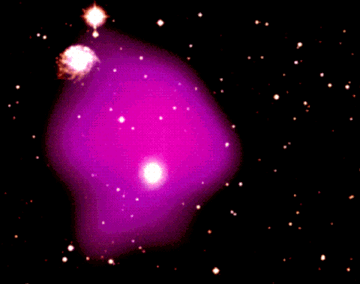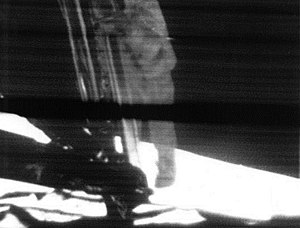A moon landing is the arrival of a spacecraft on the surface of the Moon. This includes both manned and unmanned (robotic) missions. The first human-made object to reach the surface of the Moon was the Soviet Union's Luna 2 mission on 13 September 1959. The United States's Apollo 11 was the first manned mission to land on the Moon on 20 July 1969. There have been six manned U.S. landings(between 1969 and 1972) and numerous unmanned landings.
Friday, June 15, 2012
Tuesday, June 12, 2012
Monday, June 11, 2012
Alien Spaceships Coming To Earth In November 2012 - True Or False?!
 Three giant alien spaceships are again heading for Earth! Scientists predict the new ships will arrive in November of 2012.
Three giant alien spaceships are again heading for Earth! Scientists predict the new ships will arrive in November of 2012.
UFO encounters continue to increase – as documented on WWN. And today scientists at SETI (Search for Extraterrestrial Intelligence), an independent non-commercial organization, made a major announcement:
“Three giant spaceships are heading toward Earth. The largest one of them is 200 miles wide. Two others are slightly smaller. At present, the objects are just moving past Jupiter. Judging by their speed, they should be on Earth by the fall of 2012,” said John Malley, the lead extraterrestrial expert at SETI.
Saturday, June 9, 2012
Our Solar Sistem...
 The Solar System consists of the Sun and the astronomical objects gravitationally bound in orbit around it, all of which formed from the collapse of a giant molecular cloud approximately 4.6 billion years ago. The vast majority of the system's mass is in the Sun. Of the many objects that orbit the Sun, most of the mass is contained within eight relatively solitary planets whose orbits are almost circular and lie within a nearly flat disc called the ecliptic plane. The four smaller inner planets, Mercury, Venus, Earth and Mars, also called the terrestrial planets, are primarily composed of rock and metal. The four outer planets, the gas giants, are substantially more massive than the terrestrials. The two largest, Jupiter and Saturn, are composed mainly of hydrogen and helium; the two outermost planets, Uranus and Neptune, are composed largely of ices, such as water, ammonia and methane, and are often referred to separately as "ice giants".
The Solar System consists of the Sun and the astronomical objects gravitationally bound in orbit around it, all of which formed from the collapse of a giant molecular cloud approximately 4.6 billion years ago. The vast majority of the system's mass is in the Sun. Of the many objects that orbit the Sun, most of the mass is contained within eight relatively solitary planets whose orbits are almost circular and lie within a nearly flat disc called the ecliptic plane. The four smaller inner planets, Mercury, Venus, Earth and Mars, also called the terrestrial planets, are primarily composed of rock and metal. The four outer planets, the gas giants, are substantially more massive than the terrestrials. The two largest, Jupiter and Saturn, are composed mainly of hydrogen and helium; the two outermost planets, Uranus and Neptune, are composed largely of ices, such as water, ammonia and methane, and are often referred to separately as "ice giants".Friday, June 8, 2012
Dark Matter...
In astronomy and cosmology, dark matter is a type of matter hypothesized to account for a large part of the total mass in the universe. Dark matter cannot be seen directly with telescopes; evidently it neither emits nor absorbs light or other electromagnetic radiation at any significant level.


Thursday, June 7, 2012
Halley's Comet...

Halley's comet is named after Edmond G. Halley who was the first to suggest that comets were natural phenomena of the solar system, in orbit around the Sun. He suggested that a certain comet was a regular visitor, returning every 76 years, and was, in fact, the same one which had been observed since 240 BC, but in particular in the years 1531, 1607, and 1682, dates which for him were recent history. In 1682 he predicted the comet would return again in 1758, and sure enough, the comet arrived in March 1759. Halley's comet made a particularly bright appearance in 1910. It also was recorded in a famous ancient tapestry after its 1066 appearance.


